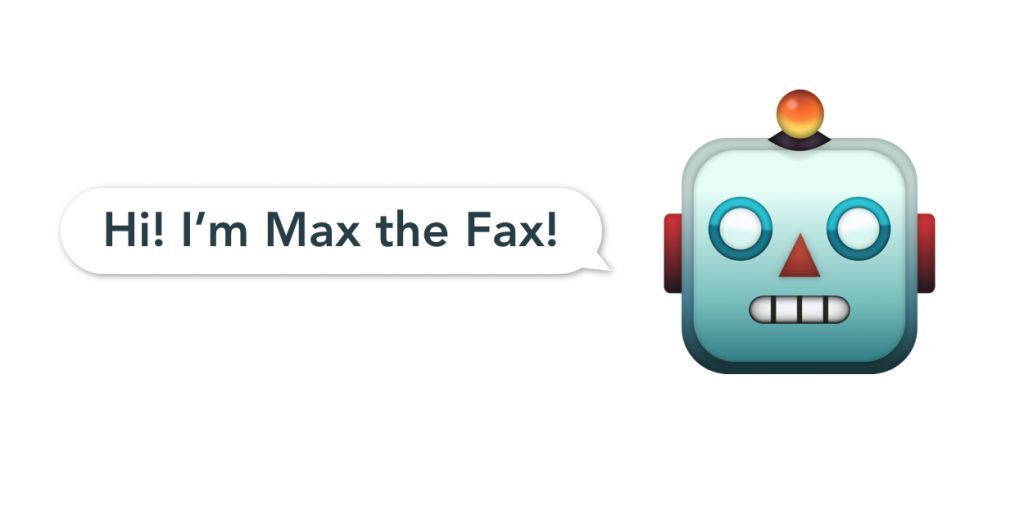News & Updates
Pull the Plug on Your Fax Machine in 3 Simple Steps

By March 2020 the NHS has promised to be ‘fax free’ and has already banned NHS organizations from buying fax machines. Can you just pull the plug out of the wall and go fax-less? Or will you miss out on important information?
In an article this week, NHS Told to Ditch ‘Absurd’ Fax Machines, the BBC found out that over 9000 fax machines were still in operation in the NHS. By March 2020 the NHS has promised to be ‘fax free’ and has already banned NHS organizations from buying fax machines. With more attention paid to cyber security and patient confidentiality, the discussion of whether these old-fashioned communication machines should still be in operation has gained a lot of criticism. Critics have pointed to alternatives- encrypted email and WhatsApp messaging- and suggested with today’s technology available, fax machines should be a thing of the past.
It’s easy to jump on the criticism bandwagon but just before we ‘Axe the Fax,’ let’s consider a few factors. If you think about it, faxing has stuck around for so long because it fits a specific need that is not simply fixed by removing the communication category altogether. Also, where do you start? Can you just pull the plug out of the wall and go fax-less? Or will you miss out on important information?
Instead of blind criticism, Siilo investigated the reasons why the fax machine isn’t dead and why behind these labels of ‘absurdity’, the fax machine actually represents something a lot more important to healthcare than meets the eye.
Let’s Face the Fax: Why Faxing Isn’t Dead
- Fax is simple
Fax machines are still popular because they are easy to use. When it comes to paper-based prescriptions and patient records, it’s pretty simple to insert them into a fax machine and dial the correct number. People still use paper in healthcare today. It’s true.
- Fax is cheap
Updating IT software for doctors can be an expensive venture. With a trusty fax machine, some doctors may never see the benefit of investing in communication technology, especially if they have used a fax system they have trusted for so long.
- Fax is a unique communication category
The communication avenues open to doctors are pagers, faxes, emails and instant messaging. Fax communication is most often hospital-to-clinic, clinic-to-pharmacy, laboratory-to-clinic, basically, the communication category is ‘team’ to ‘other team’ communication, regardless of who the person is that day assigned to collecting and sending faxes. The other communication methods: pagers, email and instant messaging, do not naturally fall into this category.
Fax: the soon-to-be dinosaur of network medicine
We know the old fax machine is dusty. But it’s clear to see the reasons behind the success of faxing in healthcare. If we delve a little deeper, we can see that behind ‘practicality,’ the fax machine offered doctors their first taste of what Siilo calls network medicine. Network medicine is as simple as it is important: only successfully interconnected medical teams can deliver optimal care to patients. Person-to-person rather than team-to-team communication can lead to siloed information, breaking the continuum of patient care. In healthcare today, there is no real substitute for the fax as a communication category. So by simply ordering to ditch the trusty fax machine, one might overlook the importance of team-to-team communication and peer support networks.
It is Siilo’s mission is to break down communication siloes one by one, and create collaborative medical networks, so medical teams can provide that optimal patient care. Therefore, we’ve taken the best of today’s technology and created fax 2.0 for you.
Here’s how you can pull the plug on your dusty old fax machine in just 3 steps:
(1) Sign up for Siilo Messenger. It’s free. It’s 100% confidential.
(2) Connect with “Max the Fax”, your artificial fax-assistant.
(3) Forward all your incoming faxes from your old machine to your new fax number and pull the plug on your physical machine.
You’re welcome.